What Does the O/D OFF Light Mean?
Before diving into the O/D OFF light, let’s find out what O/D is.
Overdrive (O/D) is an additional gear (usually the highest gear) in the transmission system. It allows your car to travel at high speeds with reduced engine RPMs, resulting in better fuel efficiency and reduced engine wear.
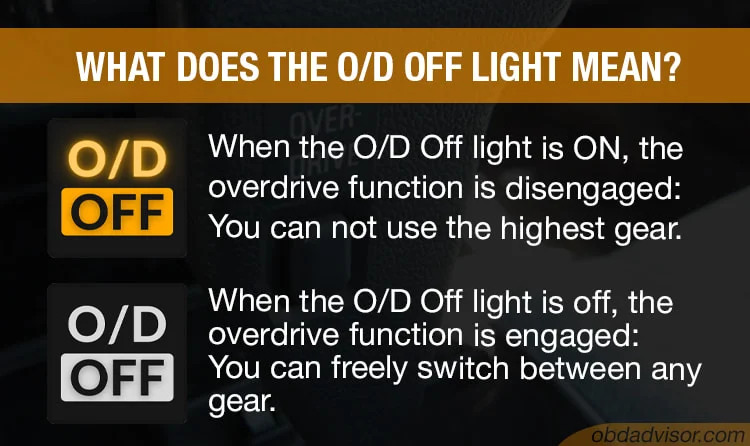
The O/D OFF light indicates the overdrive has been disengaged. In most situations, you or someone did it manually by pressing the O/D button on the gear shift.
However, if the O/D OFF light flashes or blinks, it indicates a problem with the transmission system.
Is It Safe to Drive With the O/D OFF Light?
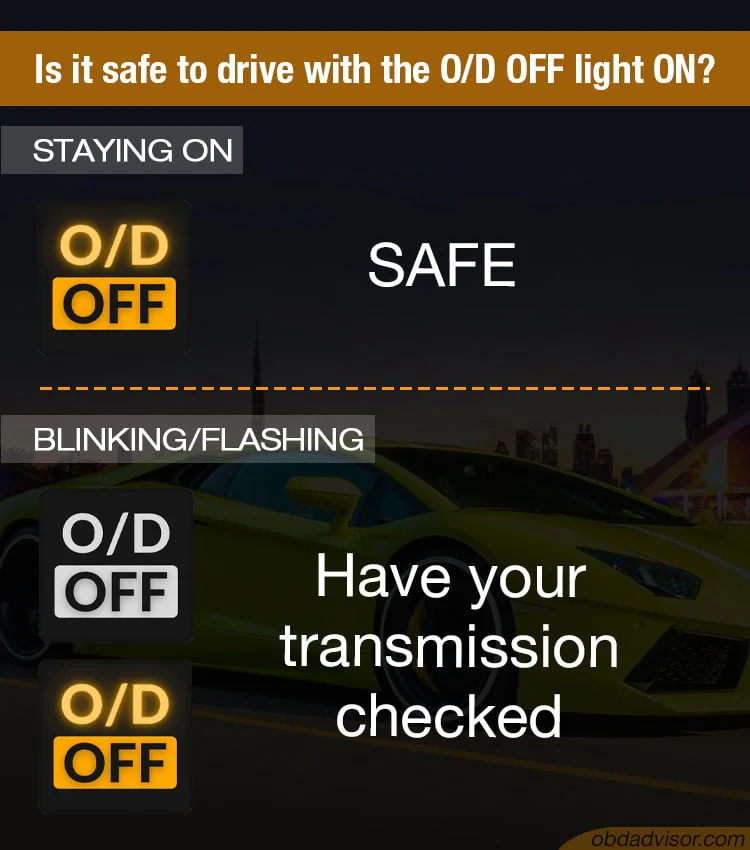
When the O/D OFF light comes on, it is safe to drive any further you like. However, you may experience reduced fuel efficiency and increased wear on the engine if driving for extended periods.
In case the light blinks or flashes, it indicates a problem with your transmission system. Thus, it is unsafe to continue your journey. What you need to do is have your car inspected as soon as possible to avoid further damage to the transmission.
You can diagnose the cause by using a transmission code reader. Then, take your car to the nearest mechanic shop to have it repaired.
How to Use Overdrive Effectively
You should use overdrive when driving at highway speeds or on level roads where you can maintain a consistent speed without a lot of acceleration or deceleration.
However, it may not be ideal for all driving situations. Here are the instances you should turn off overdrive temporarily for better acceleration or more engine braking:
- Towing or hauling a heavy load
- Driving in hilly or mountainous terrain
- Driving on steep downhill grades
- Driving in terrible weather conditions
- Driving in stop-and-go traffic
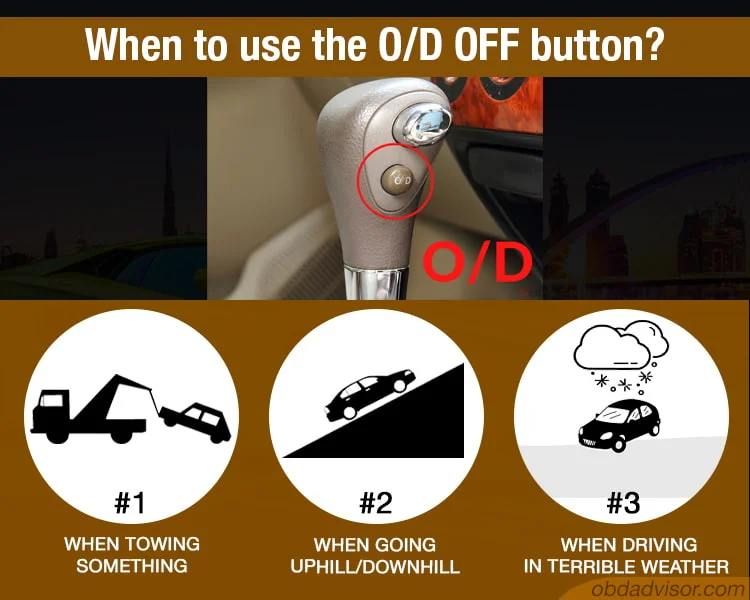
So, how to turn overdrive on or off?
In modern cars, overdrive can be automatically engaged when you drive at high speeds. Still, you can engage or disengage it manually with the O/D button. This button is located on the side of your gearshift and is easily identified by the “O/D” label.
When you press the button, the transmission disables the highest gear and the O/D OFF light will come on to alert you. At this time, your system can only interchange between the rest of the gears.
Final Thoughts
Now you understand the meaning of the O/D OFF light as well as how to use overdrive effectively.
Have you used the overdrive functionality?
Let me know by leaving a comment below.

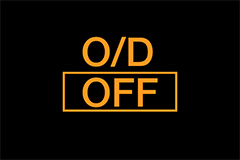

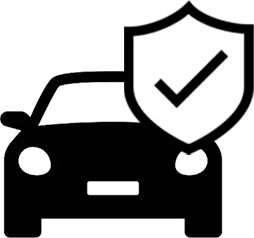
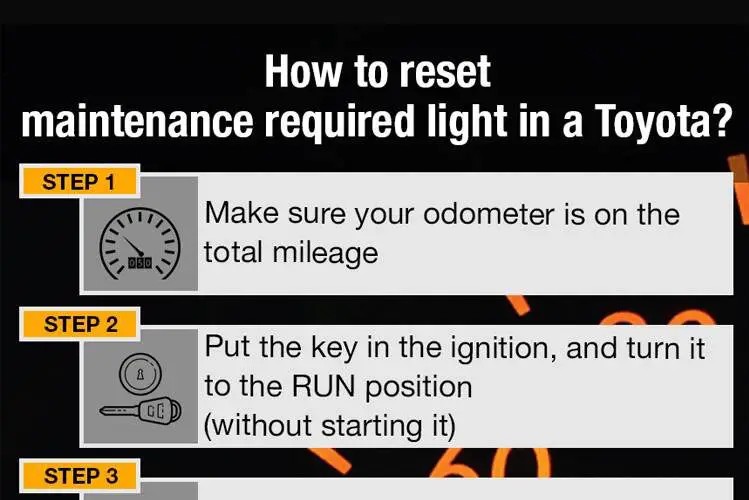
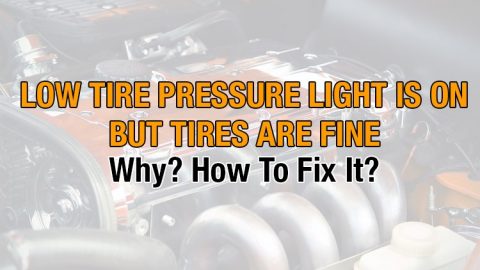
2 thoughts on “O/D Off Light: What Does It Mean? Is It Safe to Drive With It?”
Recommended for you
Volvo Dashboard Symbols and Meanings
Kenworth Dashboard Lights and Meanings
Freightliner Warning Lights and Meanings